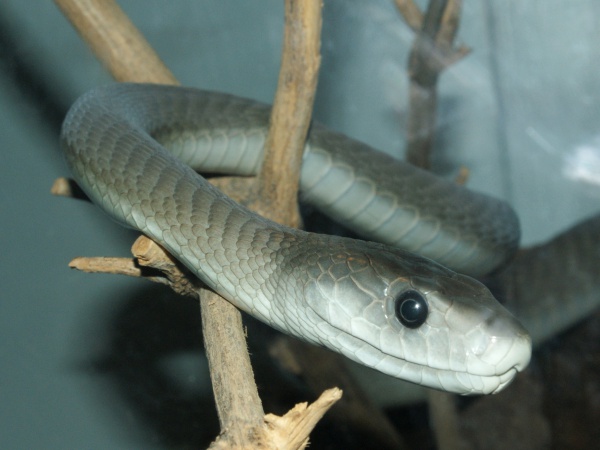Facts About Black mamba
The black mamba is one of the most infamous snakes in the world, renowned for its incredible speed, aggressive demeanor, and highly potent venom. Native to sub-Saharan Africa, this snake has been a subject of fascination and fear since it was first formally described in 1864.
Speed and Habitat
Black mambas are exceedingly fast, capable of moving at speeds up to 16 km/h. They are diurnal, meaning they are active during the day, and can be found both on the ground and in trees. These snakes thrive in a variety of ecosystems, from open savannahs to dense forests.
Appearance and Size
These snakes can grow to considerable lengths, with adults often reaching over 3 meters, making them the second-longest venomous snake in the world. Their skin color ranges from grey to dark brown, and they darken as they age. Juveniles are usually lighter in comparison.
Diet and Hunting
Black mambas primarily hunt birds and small mammals. Despite their fearsome reputation, they generally avoid humans and will only attack if they feel threatened or cornered.
Venom and Threat Display
The black mamba’s venom is loaded with neurotoxins that can cause severe symptoms and can be fatal if left untreated. When threatened, they exhibit a threat display by opening their dark mouths and spreading their neck flaps. Symptoms of a bite include drooping eyelids, respiratory failure, and can lead to death within hours without antivenom.
Reproduction and Lifespan
The breeding season for black mambas runs from September to February. Females lay clutches of 6–17 eggs, and the hatchlings are around 40–60 cm in length. These snakes grow quickly and can live up to 11 years in the wild.
Natural Predators
While adult black mambas have few natural enemies, birds of prey like brown snake eagles are known to hunt them. Mongooses and honey badgers also pose a threat, as they have some resistance to the snake’s venom.
Medical Significance
Several notable cases of black mamba bites have underscored the critical importance of prompt medical treatment. Antivenom is crucial for survival. Interestingly, researchers are studying the snake’s venom for potential medical applications, such as pain relief.
Conservation Status
Despite their fearsome reputation, black mambas are listed as Least Concern on the IUCN Red List due to their wide distribution and stable population.

 Mozambique
Mozambique